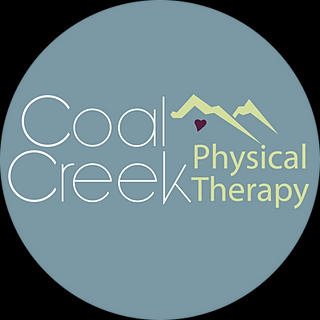Can’t Sleep?
- Coal Creek PT
- Jun 5, 2019
- 2 min read
One of the most common complaints I hear is that people are unable to get comfortable while sleeping due to their injury and pain. Below are some common adjustments to try in different positions until you are able to be seen by a physical therapist for a formal evaluation and more personalized recommendations. Remember, if you had surgery there may be more specific recommendations or restrictions for sleeping beyond what is described here.

Sleeping on your Back
Neck Pain: Assure you are sleeping with a supportive pillow. You can even try rolling up a towel roll and placing it behind your neck to support the natural spine curvature.
Shoulder/Arm Pain: Try placing a pillow under your arm to prevent it from hanging down and placing stress on the front of your shoulder. If you have difficulty not rolling onto a painful shoulder, you can use a pillow slightly under your back on that side to roll you slightly to your other side.
Back pain: Place a pillow under your knees to allow for them to bend slightly. This takes off stress on the nerves as well as prevents excessive lumbar extension that may occur with your legs being straight.
Sleeping on your Side
Neck Pain: Use a second pillow or fold your one in half to assure your neck is not tilted to the side.
Shoulder/Arm Pain: Be sure to not have your arm up under your pillow due to increased stress placed on the joint and adjacent structures. You can put your arm out in front of you and even hold onto a pillow if helpful to prevent your arm from venturing up under your pillow.
Back Pain: Place a pillow between your legs to prevent one knee from falling down toward the other knee. This will help keep your hips in better alignment throughout the night.
Sleeping on your Stomach
As a general guideline, this sleeping position should be avoided due to increased stress to your neck, shoulders, and low back.
Getting a good night’s sleep is incredibly important for healing. Unfortunately, pain generally leads to difficulty sleeping causing an increase in pain levels and/or limiting the body’s ability to heal. If you are having pain that is not related to a surgery, try out these general recommendations until you are able to see a therapist for more personalized guidelines for sleeping postures.
Happy Healing!
Kaitlin Wensinger, PT, DPT









Comments